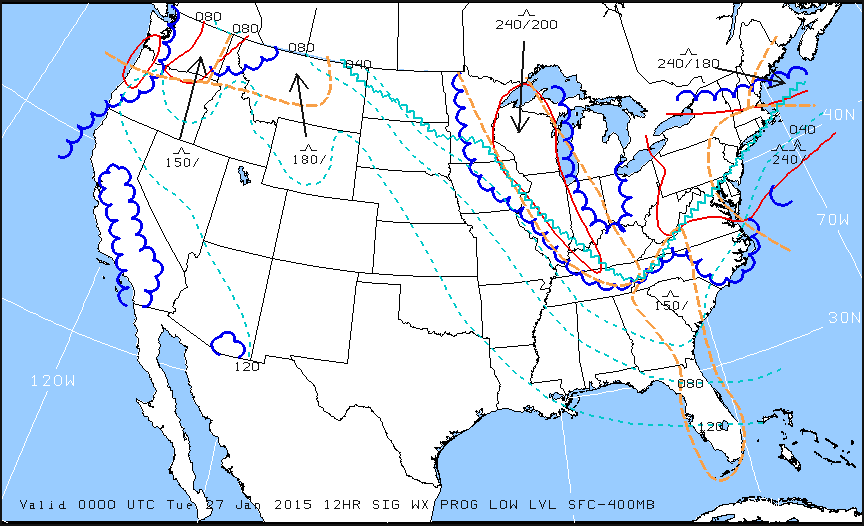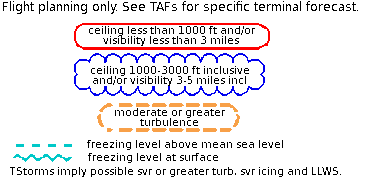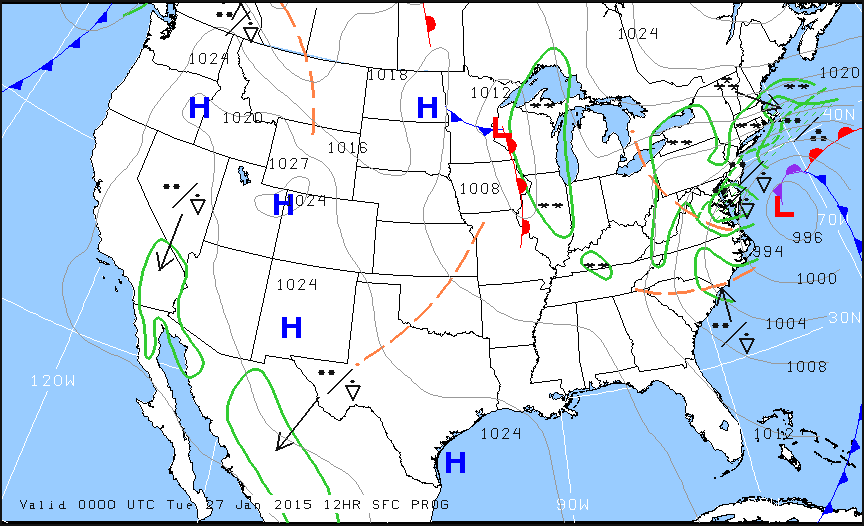When I was working on my instrument rating back in 2007, my instructor and I did a lot of unpublished holds. In ground school, I heard a lot about holding for weather or holding due to a traffic delay. At my first job, my chief flight instructor was also a Continental (now United) captain and he told me a lot about having to hold for weather going into different places.
I heard all this, but I figured it would never happen to me when I’m flying GA airplanes.
Boy was I wrong!
I was flying a Piper Malibu into Phoenix with two passengers for Super Bowl weekend and the weather was awful. No thunderstorms, but moderate precipitation and low ceilings. We were coming into Deer Valley (KDVT) on the north side of Phoenix and about an hour out, ATC advised me that arrivals into DVT were having to hold and to expect a delay. The controller said the delay would be about 30 minutes, so by doing a quick calculation, I determined the delay would probably be all cleared up by the time I got in the area. At the time, I didn’t know if the delay was due to weather or traffic congestion.
Twenty minutes later, the controller advised me that there was still a delay. I queried what it was for and he informed me it was due to weather. He asked me if I wanted to hold or divert. I listened to the ATIS and heard the ceilings were variable from just below the minimums to just above. I told him I would hold as the TAF I saw predicted the ceilings to go up.
“Malibu, hold present position, hold east, expect further clearance 2140 Zulu.” Gulp.
At this point, my autopilot had gone out, it was turbulent and I was definitely in the soup. This was going to be fun.
After recovering my wits, I read back the clearance, then set about setting up this hold without getting too far from my present position. The Malibu I was flying had a Garmin 530 which I was using as my primary means of navigation. I was on V190, but I didn’t have all the fixes in my flight plan. What to do? And what to do fast?
The 530 has a rarely used function called a User Waypoint. It comes in handy in situations like these. On the moving map, you can turn the cursor on, move the cursor to any point on the map, and, by pressing enter, create a User Waypoint. This is what I did on V190. After I created it, I had to go to my flight plan, find the right spot, and input the User Waypoint just like I would any fix. Just a note here, when you create a User Waypoint, make sure you remember what you named it so you can find it again.
After I input the User Waypoint in the flight plan, I had to go back and activate the leg that the User Waypoint was the end point on. Then, to make sure the flight plan didn’t go to the next waypoint once I crossed my User Waypoint, I had to press the OBS button on the 530 in order to put the GPS in suspend mode.
Keep in mind, my autopilot wasn’t working, so this involved a lot of multi-tasking!
That’s how to do a present position hold using the Garmin 530. Got all that? Here’s a concise review:
- Create a User Waypoint
- Turn the cursor on by pressing the FMS knob
- Move the cursor to the point where you want your User Waypoint
- Press enter and name the User Waypoint
- Press the Flight Plan button
- Input the User Waypoint into your flight plan at the proper point
- Activate the leg that the User Waypoint is the end point on
- Finally, press the OBS button to put the GPS in suspend mode
- After you’re cleared onward, just press the OBS button again to take the GPS out of suspend mode




